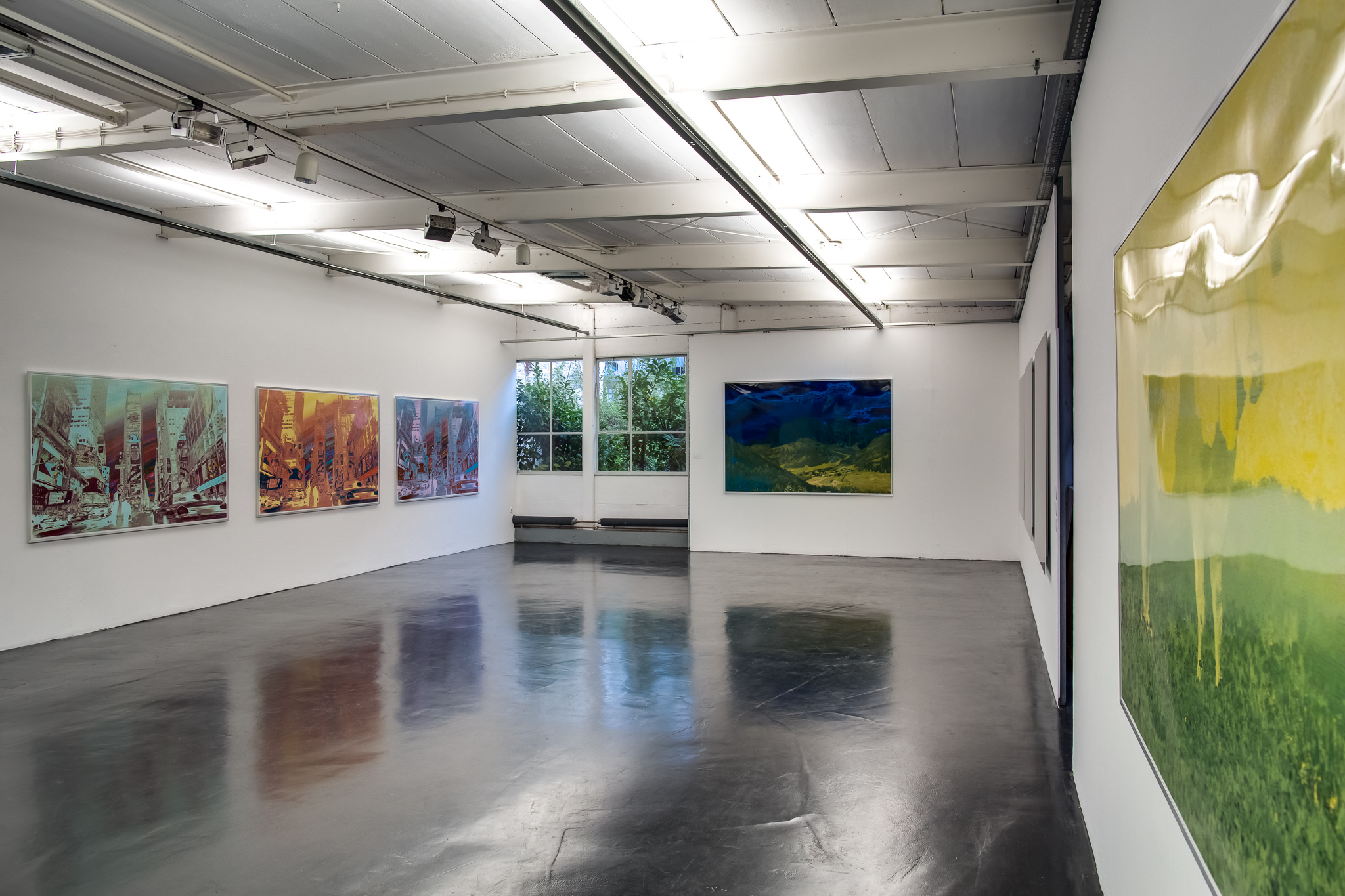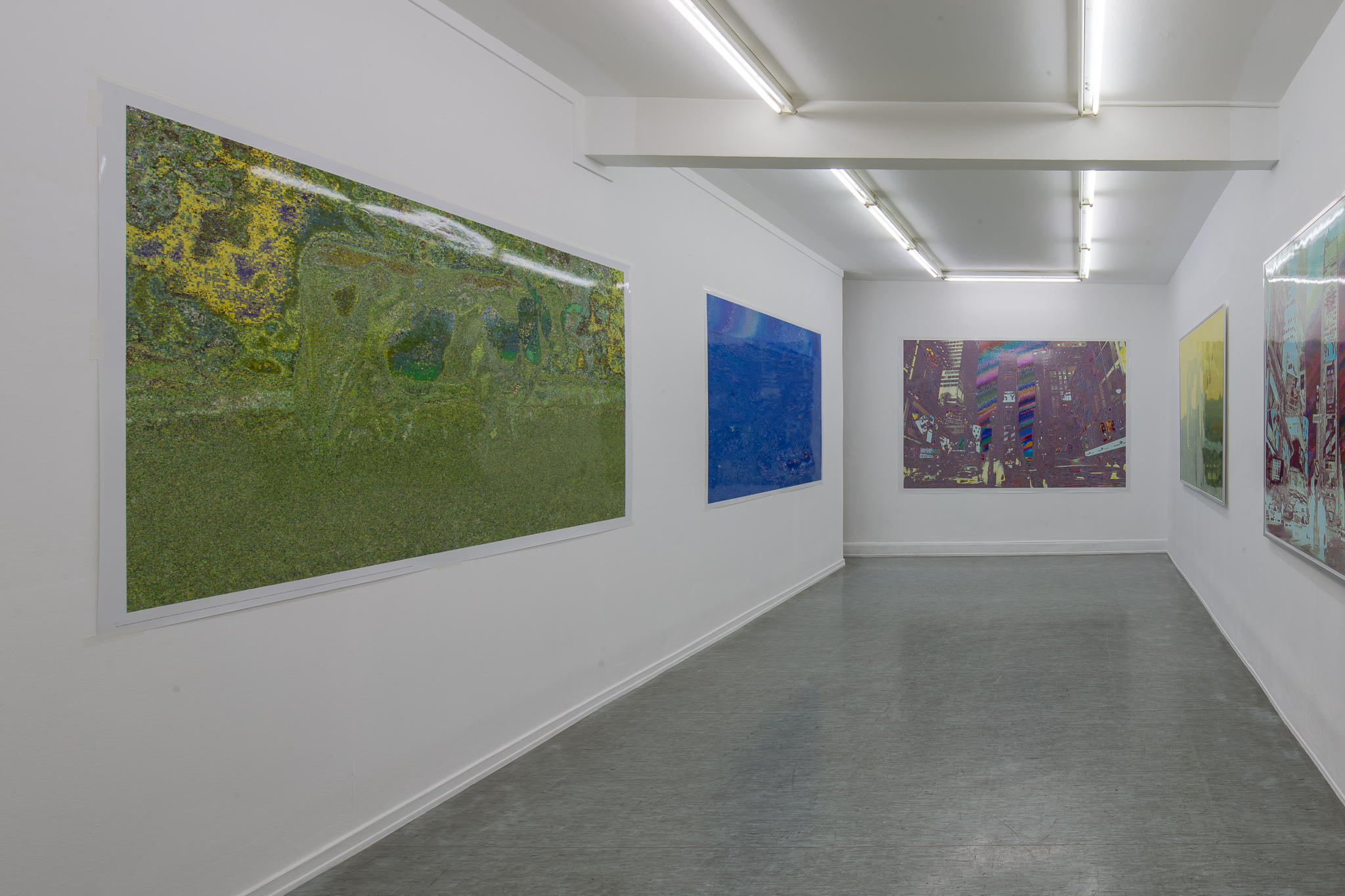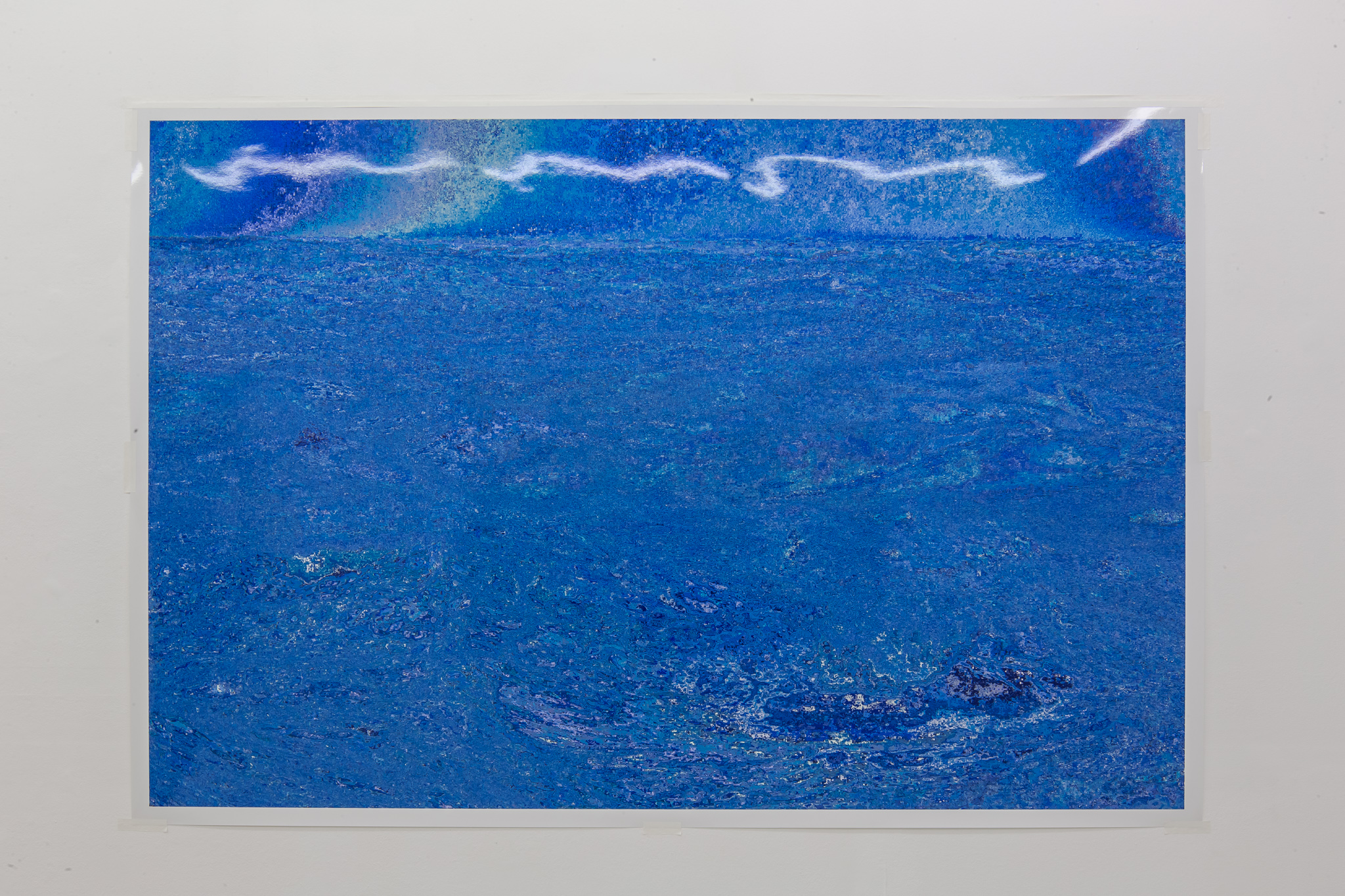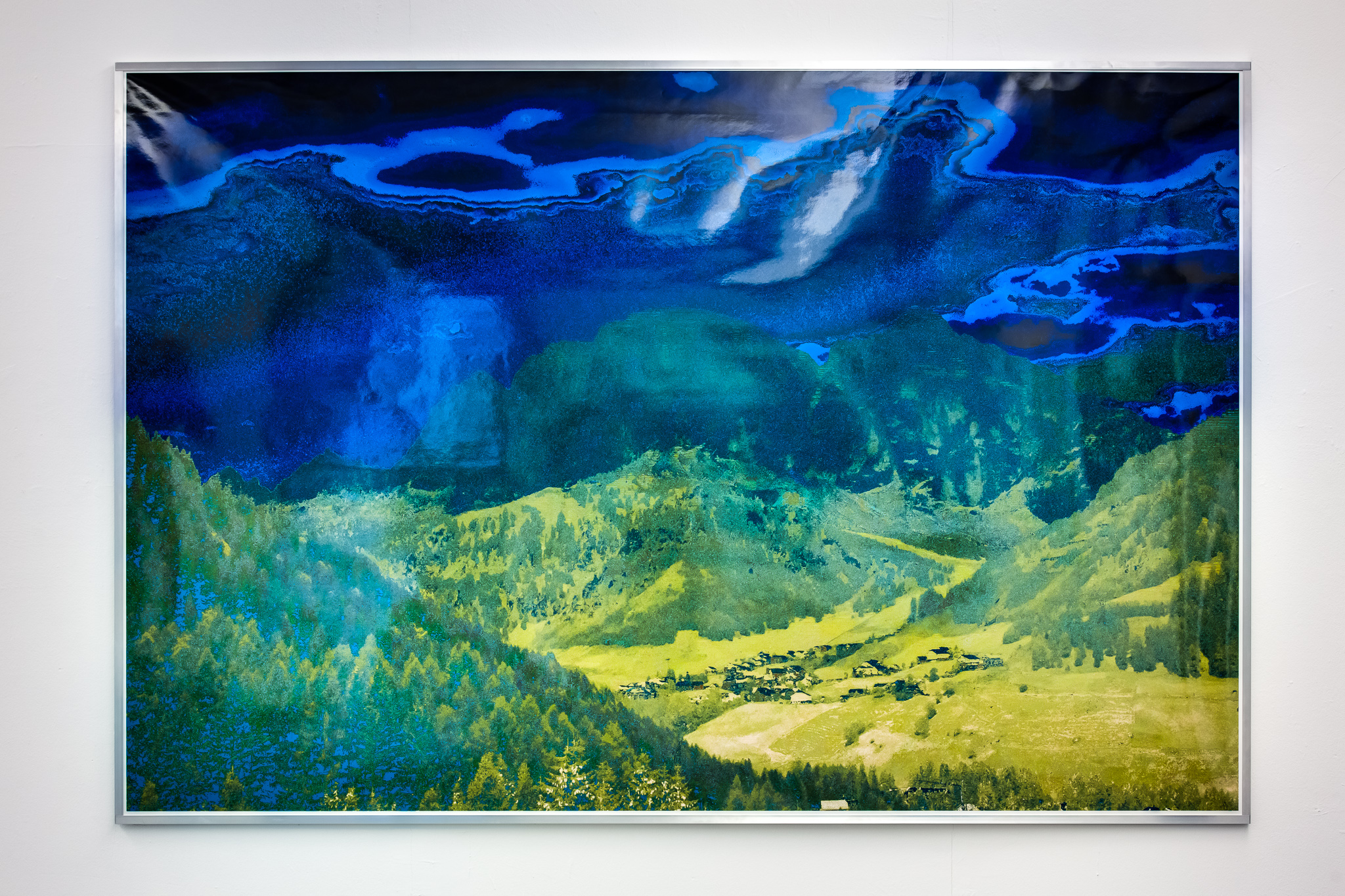recoding
reshuffle the code
Images reign supreme these days. They are everything and everywhere. On Facebook alone, 91 billion photographs were uploaded last year – or close to 3,000 photographs per second. The iconic turn has affected virtually all spheres of life and knowledge. The image, and with it photography, has become an epistemological tool, even if the relationship between photography and reality may never have been more questionable. It is at this flashpoint that Johannes Franzen places his new series, »Recoding Photography«, luring the viewer onto strangely familiar terrain.
Ceci n’est pas une pipe.
We are constantly taking pictures, uploading them, applying them, and in the belief of sharpening our perception of reality we are actually blocking our vision. The perfection of digital images – the high resolution, the brilliance, the level of detail – leads us to believe that they are what they show. The possibility to add a date, a time, even geographical coordinates as in geotags, delivering seemingly irrefutable proof of reality, just makes things more confusing. After all, the simple but profound truth that a picture of a pipe is not a pipe has not changed.
Image. Text. Image.
While in his earlier works Franzen provided colorful insights into the DNA of digital images, in his current series he takes a step further: He now interferes with the blueprint of the pictures. Every digital photo is coded as a series of numbers and letters; hence there is a ‘text’ beneath its outward appearance. Franzen combs through this text with his program code to find patterns and relations, to unravel these, reorder the image information, and put all elements back together in a new way.
The Transformation Machine.
Franzen uses prototypical motifs for these code transformations: Cow, woods, city, nude, valley, sea. His selections are equally purposeful and random: The viewer is meant to have seen and recollect these motifs or similar ones from before. Their possible symbolic significance, depending on each viewer’s geographic or cultural background, may resonate to a stronger or lesser degree. Franzen’s program code turns out to be a powerful transformation machine. No pixel is safe from it. »This is not how I know it«, one is tempted to say looking at the large-format pictures, and then we start adjusting. The image in our head versus the image on the wall. If we allow this irritation to happen, allow our perception to get lost between imagination and reality, we will begin to see in a new way: The picture on the wall. The cow. The woods. The city. The nude. The sea. Franzen himself looks on with playful curiosity as the results of his fascinating manipulations unfold; they may be calculable, but not predictable. With every new motif he seems to be exploring again if objectivity and imagination, calculation and contemplation drift apart exactly at the moment when we ‘get the picture’ – of the world, of ourselves.
The Divergence of Perception.
Franzen’s work always deals with the premises of human perception. Where are the boundaries between seeing and perceiving? Which neuronal processes are at play? According to Wolf Singer, neurophysiologist and long-time director of the Max Planck Institute for Brain Research in Frankfurt, »our perceptions are not isomorphic representations of a reality of whatever kind. Rather, they are the result of highly complex constructions and interpretative processes which largely depend on accumulated prior knowledge.«* This means among other things that, paradoxically, we tend to regard as reality especially that which is the product of our own interpretation. Our image of the sea, supplied by sensual impressions, experiences, evolutionary processes as well as uncountable other images, is not any more real than Franzen’s picture of it, which is why it seems equally strange and familiar to us. It is not the seeing itself, but the reflection of it which leads to an understanding of the process of perception. Franzen’s pictures can be regarded as an act of philosophizing by other means – the terrain is only just being staked.
Prof. Nadja Mayer, Frankfurt
*in: »Iconic Turn: Die neue Macht der Bilder«, Christa Maar, Hubert Burda (ed.), Cologne 2004



